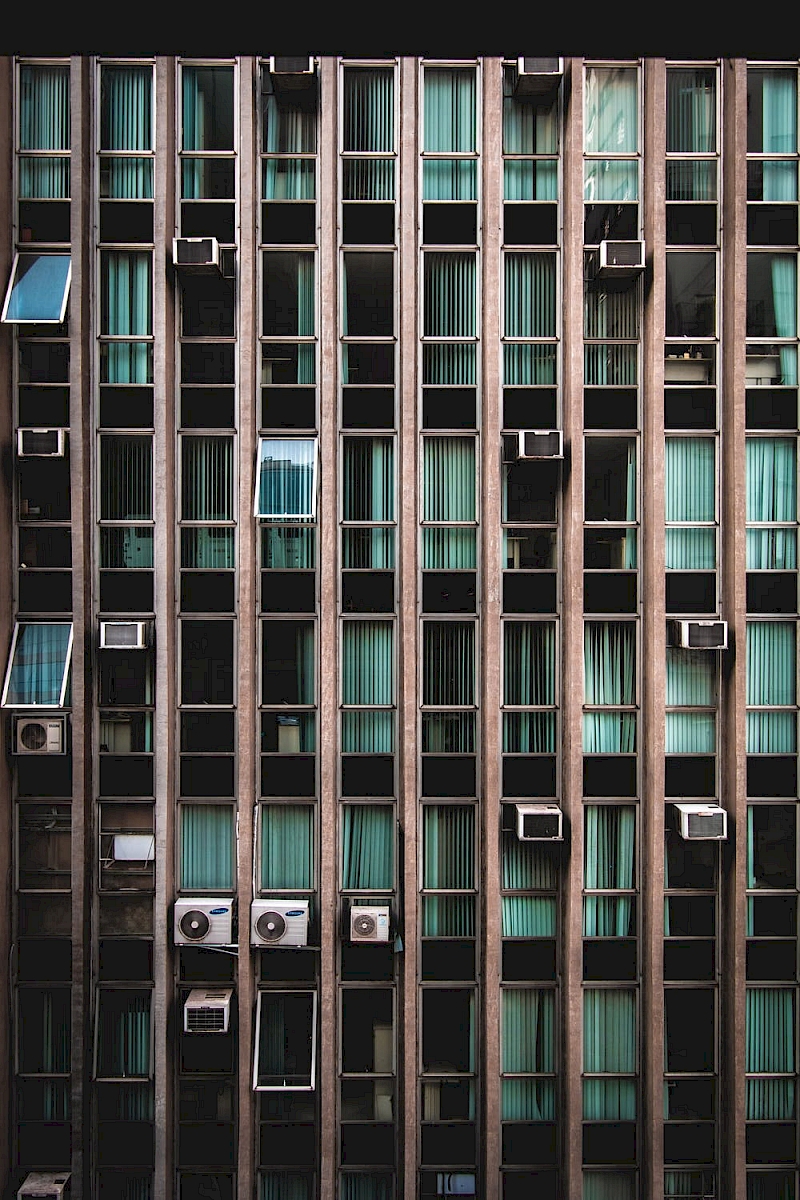Franklin Energy’s Product Division, AM Conservation, Agrees to Acquire Energy Federation, Inc.
Keep Your Cool: a Guide to Home Cooling Systems
 Energy Federation Incorporation
Energy Federation Incorporation
As the summer heats up, more and more people are turning toward their air conditioners to meet their cooling needs. Each year, Americans spend over $11 Billion to power their cooling systems. The average American household spends a full 6% of its annual energy costs on air conditioning. Choosing the right system for you can be a challenge. For all different kinds of air conditioners, it is important to buy the right size and efficiency rating for your home. Luckily, with a little knowledge and some help from a professional HVAC technician you can find a way to beat the heat while saving money and energy to boot. To get you started we’ve put together this short guide detailing some of the many different options available!

Central Air Conditioners
Central air conditioners are efficient, cost-effective, and make a great choice for homes with preexisting ductwork. They are designed to cool your entire home and generally consist of a large outdoor compressor/condenser unit and an indoor coil filled with refrigerant which cools the air and distributes it throughout the house using a system of ducts.
Since 1992, central air conditioners have been rated by their Seasonal Energy Efficiency Ratio or SEER. This is the system’s seasonal cooling output in BTUs divided by the seasonal energy input for an average US climate. National standards require central air conditioners to have a minimum SEER of 13 and to qualify for Energy Star they must have a minimum of 14.5.

Ductless Split Systems
Ductless Split Systems are similar to central air conditioners in that they both cool the air by cycling refrigerant between an outdoor condenser and an indoor air handler. The difference is that a ductless system gives each room or zone its own air handler rather than moving the air through a system of ducts. The air handlers are typically mounted on the wall or ceiling.
The advantage of ductless split systems is flexibility. They can be used to control the temperature in each individual zone and can meet the comfort needs of multiple rooms. Because the air does not have to be distributed through a system of ducts, it also avoids the energy loss associated with a central air conditioner and provides better air quality with quieter operation. Like central air conditioners, they are rated the SEER and EER and must comply with a minimum national standard.

Room Air Conditioners
Room air conditioners are small systems that house the compressor, condenser, coil, and air handler all in the same unit. They can be mounted in windows or in walls with the compressor pointed outside so it can blow hot air out of the room. Many of them are portable and come with an easily removable window kit for added flexibility. Room air conditioners are rated only by EER. Although they only cool one room they are easy to install and far less costly than a central air conditioner, making room air conditioners a great choice for cooling small areas.
Evaporative Air Conditioners
Evaporative air conditioners are less common than other kinds but are popular in regions with dry climates such as the southwestern United States. Rather than absorbing and releasing heat through the use of refrigerant, evaporative air conditioners pull fresh air through moist pads which cools through evaporation and is circulated throughout the house. Because the only electrical component used is the fan, evaporative air conditioners can save up to 75% on energy costs during the summer.

Subscribe
Resources
Customer Testimonials
Lets Talk!
Reach your customers & Exceed your goals
Contact EFI

